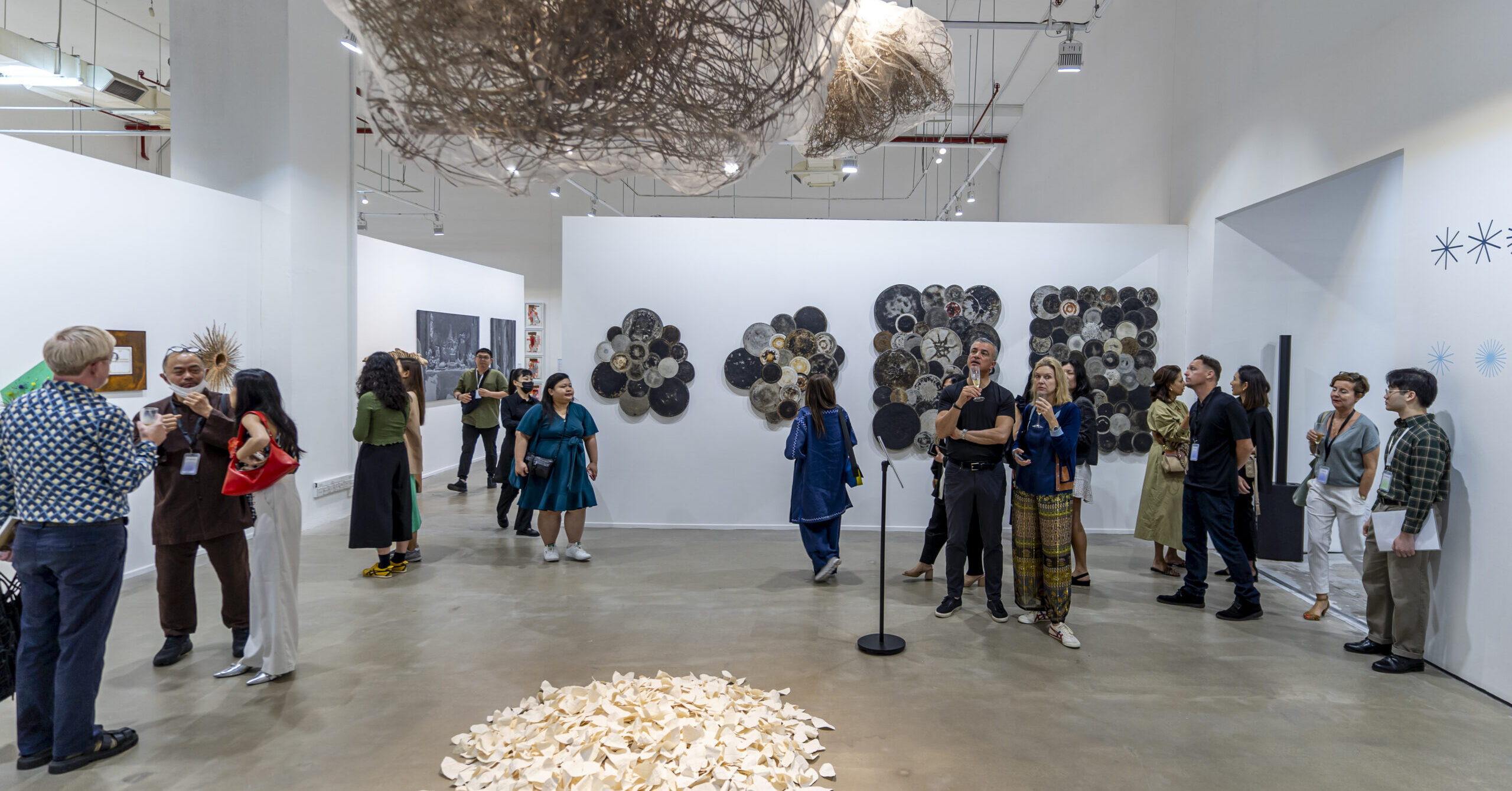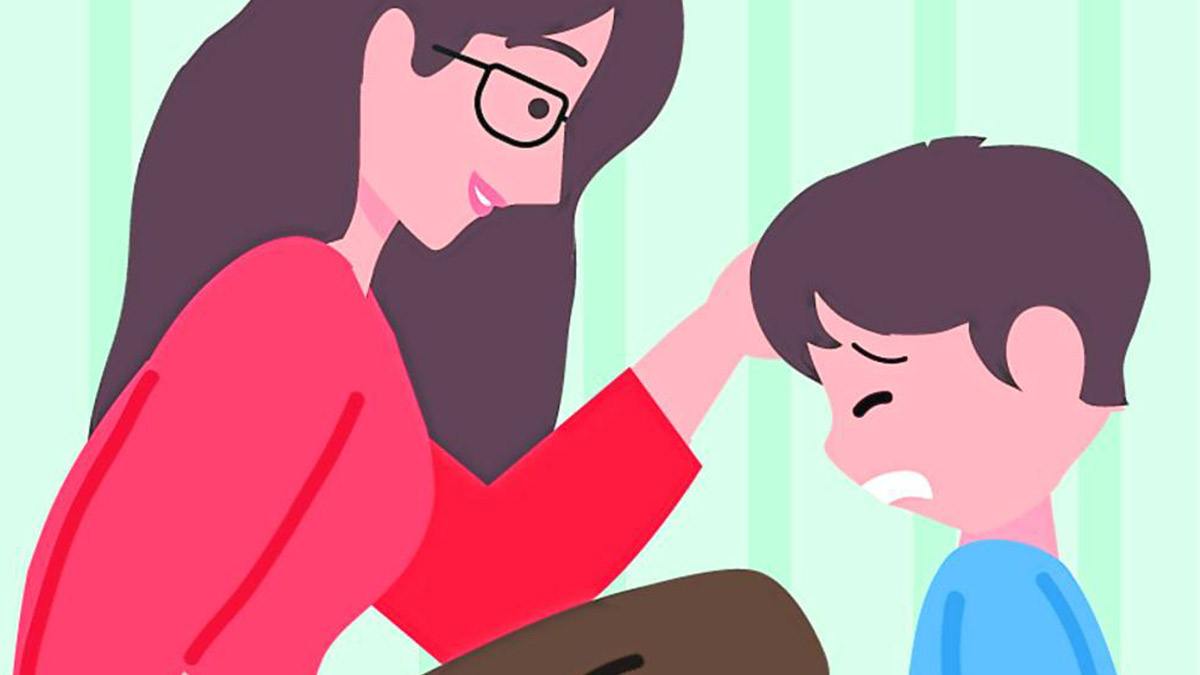By now, whether you’re a fan or not, tidying guru Marie Kondo must have made her presence felt in your life.
It may be through her best-selling book, “The Life-Changing Magic of Tidying Up,” her reality show on Netflix, or through the social media posts which may have already inspired you to start your own revolution at home.
Or, if her brand of organized bliss does not spark joy for you, the photos may drive you crazy.
Initially, I was baffled by how much attention and interest such a simple idea was generating. After all, the idea of cleaning up is basic.
We all grew up hearing “Cleanliness is next to godliness.” And yet, here they are—books, a reality show, and couples arguing over how to fold clothes and what to throw out.
In the same way Kondo talks about finding that sweet spot when folding your clothes, or that “ding!” that comes with discovering what “sparks joy” within you, it finally dawned on me: People are attempting to live out their dream of total control over every aspect of their lives.
Kondo talks about people finally realizing their priorities in life, once they have cleared the clutter in their homes—because putting your house in order is the first step to putting your life in order.
While I’m not sure everyone will experience the same life-changing effects, there is the thrill of a cleaner living space and relaxed environment to look forward to.
And so, I bought into it. It wasn’t a hard sell for me—I have always considered myself a neat person. But like many others, I have neither time nor energy to do this consistently and constantly. This is why, when I chanced upon Kondo’s book, I decided to give it a try.
Surprisingly, this bible of tidying has only one actual rule: keep only the items which spark joy for you. The trick to tidying up is to first declutter, or dispose of things. Once you have gotten rid of the unnecessary, you can start to organize.
Visualize
Though the book can pretty much be summarized along those lines, it’s still worth reading because the author adds a number of guidelines.
The book starts by asking the reader to visualize exactly what you would like to see and feel after you finish tidying up. She encourages the reader to be specific, because tidying is done not simply for the sake of tidying. For Kondo, it is in aid of accomplishing a bigger goal, such as creating a peaceful home for a family.
Keep only that which sparks joy. When I first read this, I could not imagine a more vague and confusing criteria. But to my complete surprise, this served me much better than I expected. Despite years of constantly cleaning and disposing, I don’t think I was ever able to simplify my closet as much as I did using her method.
I was shocked at how little was left, but a quick check made me realize that though there were a number of items in the other pile, I would survive without them.
Tackle by categories, not by room. This went against all cleaning methods I had employed for as long as I could remember, and yet it soon made sense. I realized that, I would organize drawers and cabinets with the same things in them, but in multiple places, which made cleaning unproductive.
By taking every item under a certain category and placing them all together, you are now able to see exactly just how much you have of certain items (you might shock yourself!) and keep only what you need in the exact place they should be in.
The categories, in the correct order are: clothes, books, papers, komono (miscellaneous items—cords, kitchen items, cosmetics, etc.) and lastly, sentimental items. I’m struggling with the books because it feels almost criminal to get rid of them, especially since I grew up in the encyclopedia generation.
Do it in one fell swoop. While we tend to think of tidying as something you do for an hour or when you have time, Kondo demands that it be done all at once or risk accumulating clutter and mess all over again. But fear not, her idea of “all at once” is about a six-month period.
Talking to inanimate objects
Acknowledge and respect your belongings. Now this portion had me wondering what world the author came from. Who in his right mind talks to inanimate objects?
However, as I sat quietly in the middle of the night, surrounded by the silence of a sleeping house, I found myself accidentally talking out loud as I was discarding and finally decided to give in with a simple thank-you. It actually does made it easier to let go.
Discard to declutter. The title says, “Tidying Up,” not discarding your things. But you must agree that you can organize all you want, but if there are too many things, it is an exercise in futility. Kondo attributes this to the presence of too many things which do not spark joy and therefore, contribute to that draining feeling.
Simplify storage. Before you run out to buy a whole stock of storage boxes, let me tell you now that Marie is not a fan of storage. She reminds us that “putting things away simply creates the illusion that the clutter problem has been solved.” So, again, declutter and organize, then store only what is necessary after you have gone through the whole process.
She reminds the reader to put storage boxes in one area only (if possible), and not to pile too many on top of one another or you may never see the contents of the bottom storage bin again.
Fold properly. Even if clothes are the first category, and therefore, the easiest to work with, the book dedicates ample pages to the process of fixing the clothes you keep.
To save space and increase their positive energy, Kondo encourages “vertical folding” of clothes where they are stacked against one another, rather than on top of one another. I have to admit, not only does it look neater, it also makes for easy access and viewing of what one has.
It is best to search for a video online to see an actual demonstration of her folding method. You can stack them in drawer cabinets. For shelves with no dividers, she suggests using shoe boxes.
Those which can’t be folded are hung but starting with the longest on the left-hand side, and the shortest items on the right hand side, to create the illusion of lightness as the bottom hems create a diagonal line going up.
Do this privately. Once you involve others, they will always have something to say, no matter how well meaning it may be and this will interfere with your ability to correctly judge.
Create a home for your passions. The book does not insist that collectors dispose of all their things. On the contrary, Kondo encourages the reader to create a “home” for their collections.
I have not yet finished with my home, and while I hope to complete it soon, I am grateful that through the process, I have a better understanding of my personal consumption habits. It’s hard to have a clear idea of just how much we buy (or do not buy) until you are faced with the evidence of your habits.
This process of confrontation leaves you with the realization of how much is wasted due to unnecessary purchases, and this serves as guide for future decisions on what to bring home from the store. Hopefully, I will finish soon and be free from clutter for life, while making a new friend in a quirky, cheerful Japanese girl named Marie.













































